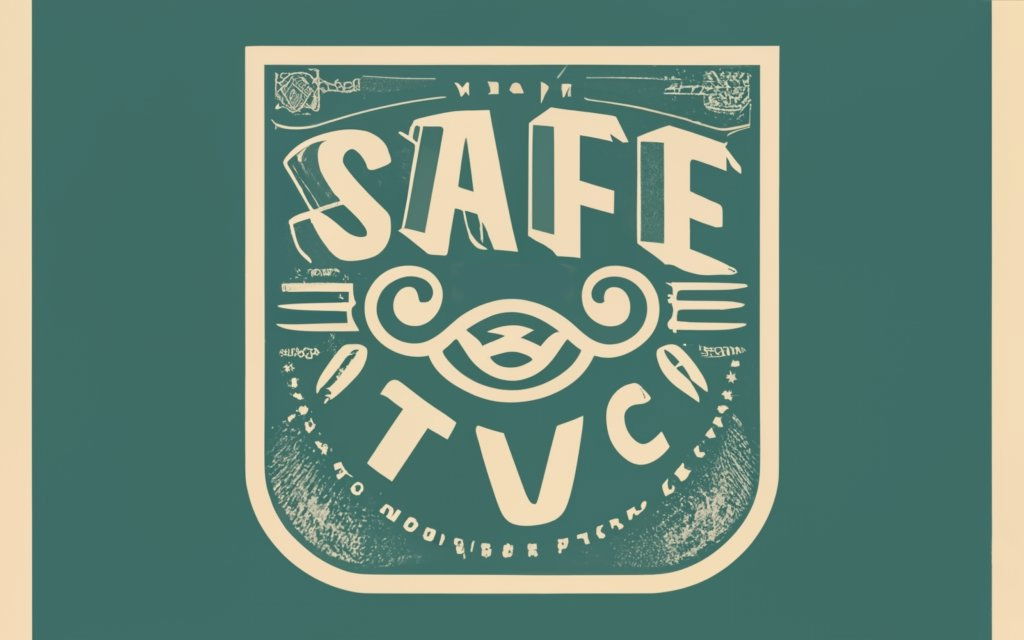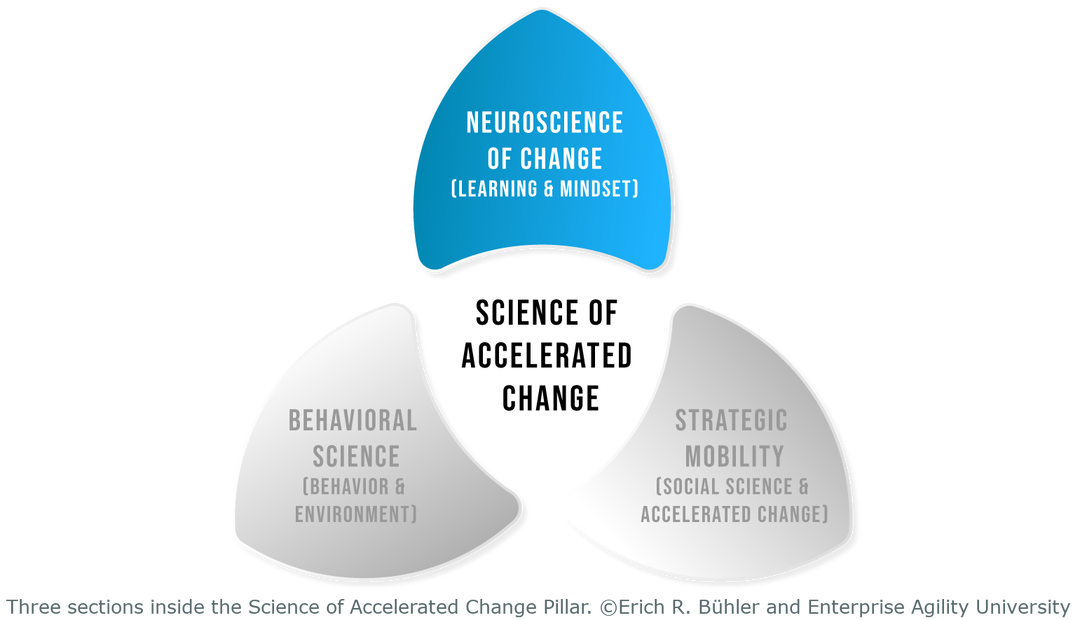The Scaled Agile Framework (SAFe) provides proven practices for multiple Agile teams todeliver large, complex solutions.

However, in fast-changing markets, a focus on customer needs only risks overlooking other vital factors for long-term success. Integrating the TriValue Company (TVC) model into SAFe expands its perspective to optimize value across customers, the company, and the workforce.
As markets accelerate, the speed of change outpaces traditional planning horizons. Customer needs shift rapidly. Without balancing company and workforce considerations, SAFe teams risk optimizing only for fickle short-term customer value. This leads to high rework, technical debt, and worker burnout.
AI and automation also enable new business models to emerge overnight. Legacy value streams built around old assumptions crumble quickly. SAFe's fixed cadence and alignment patterns might fail to sense and detect market shifts fast enough without a TriValue perspective, the new options for sensing in Enterprise Agility, and Future Thinking.
When disruption impacts value streams, companies without a TriValue approach first seek to cut costs and jobs to protect margins. This reduces capability long-term. Lost knowledge hampers agility.
Innovation happens at market speed. But workers struggle to upgrade skills fast enough without company investment in capability and motivation. Unbalanced SAFe implementations risk poor execution of new ideas.
These pressures stack up over time. The fragile human system of SAFe teams buckles. Talent bleeds away. Technical deficits accumulate. The next wave of change becomes impossible.
The TriValue company model provides the perspective to maintain profitability while also building workforce capability and engagement for sustained performance. Without it, SAFe's potential is never fully realized before the next disruption.
Adapting SAFe for TVC involves:
Expanding Measures of Value - In SAFe, success focuses heavily on achieving Program Increment (PI) objectives that meet customer needs. TVC would also incorporate regular metrics for company sustainability and workforce wellbeing.
Customizing PI Planning - During PI planning, TVC requires considering company and workforce objectives alongside customer goals. Features should optimize value for all groups, not customers alone.
Improving Alignment - The alignment team in SAFe connects strategy to execution. With TVC, it must also regularly assess initiatives against company and workforce priorities to ensure strategic investments deliver balanced value.
Modifying Roles - In SAFe, Product and Solution Management speak for the customer. With TVC, they should also represent company and workforce considerations in governance.
Improving Visibility - The SAFe Big Picture provides insights into system-level dependencies and risks. Integrating TVC may require additional visibility into operations, partnerships and talent factors impacting value.
Adapting Value Streams - Value stream mapping in SAFe focuses on customer value. With TVC, value streams should also evaluate and improve flows that sustain company profitability and workforce capability.
Adapting Cadence and Events - A broader perspective may require events like quarterly business reviews, strategy meetings and leadership alignments synchronized across ARTs/value streams. Spot Indicators and Futures can guide this.

The insights from the 3 sections of accelerated change science should also be incorporated as practices or recommendations to better understand how the workforce deals with rapid change.
By evolving SAFe teams and leaders to a TVC mindset, organizations gain the agility and alignment to accelerate growth through new innovations while sustaining partnerships, capabilities and worker engagement for the long-term. The result is value creation that benefits all.
For more detailed information about Spot Indicators, check Enterprise Agility Fundamentals, Chapter 8.
